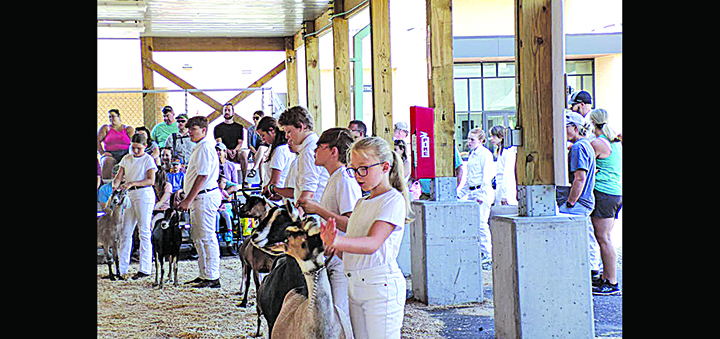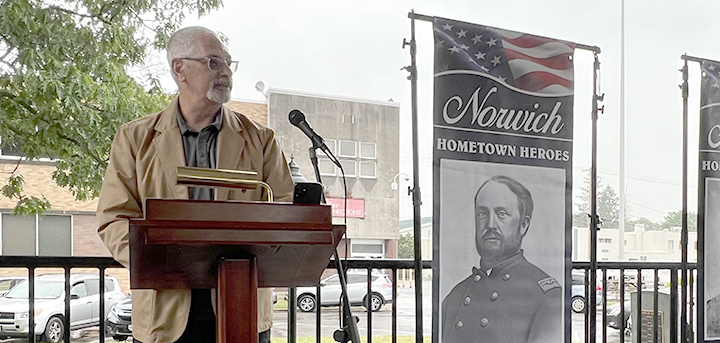Investigation scrutinizes costs for new Sheriff’s Office, Jail and 911 towers
NORWICH – Chenango County’s 911 communications system was scheduled to go live this month, but with installation adjustments – and a final cash call – officials don’t expect to see the light at the end of the tunnel (or in this case, tower) until fall.
The project has been underway for more than a decade. It replaces a system of three towers constructed in the 1970s: one in Otselic, one in Coventry and one on Barnes Hill in Norwich. The three gave coverage to only about 25 percent of the county. Replacement parts simply didn’t exist for the antiquated microwave system, and the towers themselves weren’t tall enough to support newer, more technologically advanced antennas.
“I don’t know how many times I was told if it went down, we would be done,” said longtime Chenango County Board of Supervisors Chairman and former police officer Richard B. Decker, R-North Norwich.
When the county’s now nine-tower system goes live in September or October, 98 percent of the county will be covered at a 95 percent rate. A state-of-the art 911 communications system is something that Chenango County has never had before and can now be proud of, Decker said during a recent interview.
“With public safety as a cornerstone in the county, this is what we were after. We can communicate easily. It’s important to put safety first,” he said.












Comments